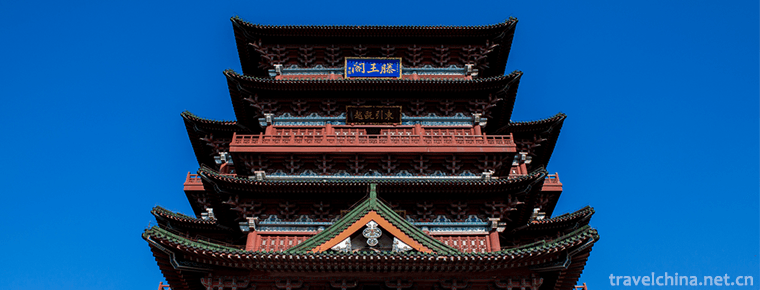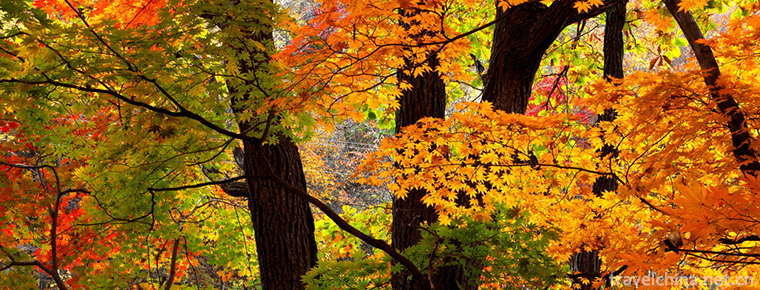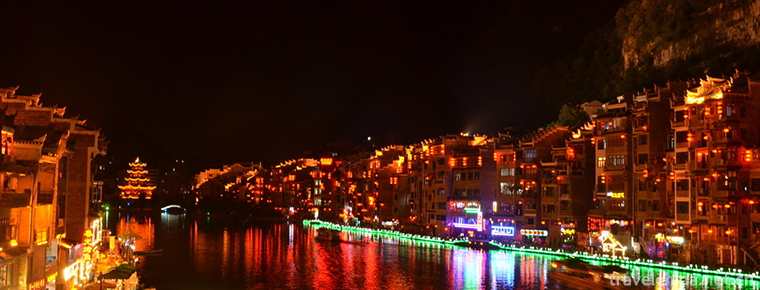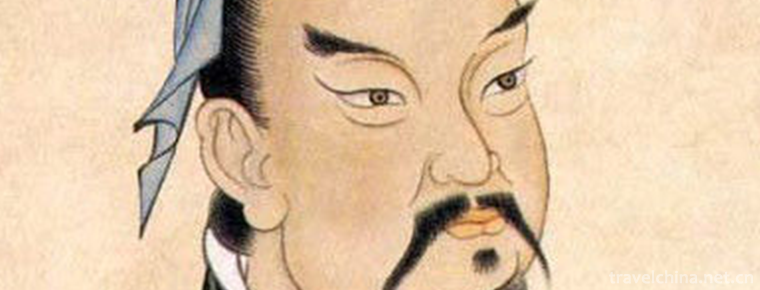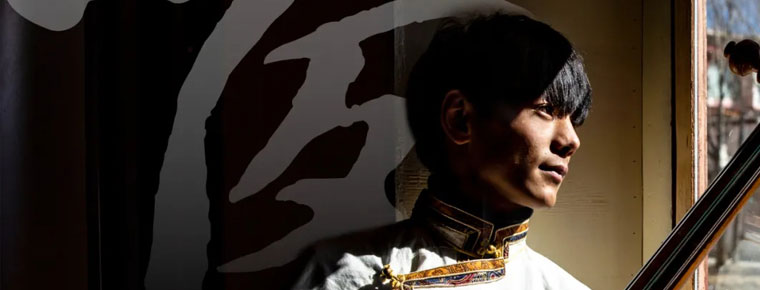Saban Festival of the Tatar Nationality
Saban Festival of the Tatar Nationality
The Saban Festival (also known as Ploughshare Festival) of the Tatar Nationality is a unique traditional festival of the Tatar Nationality. Every year, after the spring sowing of all the farmers in the village, the Tatar people hold a mass collective celebration. Tatar is called "Umaik" or "League Club". The celebration ceremony was held at the edge of the field. The main activities included wrestling, pole climbing, singing, dancing and running.
One of the earliest inscriptions of "Tatar" appeared in Erhunyesse. The Tatars in Xinjiang migrated from Kashan, Tiemiliqi and Zhaisang in the 19th century to settle in the northern part of Xinjiang. According to 2002 statistics, the Tatar population in Xinjiang is over 4700 people, mainly living in parts of northern and southern Xinjiang. On July 24, 1989, the first Tatar Autonomous Township was established in Daquan, Qitai County.
On June 7, 2008, the Saban Festival of the Tatar Nationality declared in Tacheng District of Xinjiang Uygur Autonomous Region was listed in the second batch of national intangible cultural heritage list with the approval of the State Council.
On May 23, 2011, the "Saban Festival of Tatar Nationality" declared by Qitai County of Xinjiang Uygur Autonomous Region was listed in the third batch of national intangible cultural heritage list with the approval of the State Council.
historical origin
Sarban is a happy and traditional festival. It is also a great display of Tatar costumes, diet, music, dance and games. Its content is very rich. The annual Sarban Festival, also known as the Plough Festival, is an important festival of the Tatar nationality. It is similar to the Spring Festival of the Han nationality. It is usually held during the busy farming period after spring ploughing. The time is about June 20-25, and there is no fixed date.
There are two theories about the origin of Sarban. Legend has it that "Saban" is the name of the wild plants growing in Central Asia. The ancestors of the Tartar nationality engaged in grazing and farming in history, and hunted at the same time.
Every spring and summer, when people return from grassland and farmland, they meet on the grassland beach where the grass is in full bloom, and carry out some cultural and sports activities. This ancient custom has been followed to this day. However, with the passage of time, the activities of our ancestors have been endowed with new content, which has become today's Sarban Festival full of folklore. Sarban Festival is also known as Plough Festival, because in the past, when Sarban Festival was held, it was the spring farming season.
In the bright spring season, people wear Festival dress, bring rich food, gather in pleasant suburban scenery, play national musical instruments, sing and dance, carry out various recreational activities, congratulate each other on the festival, also wish spring ploughing smoothly, hoping to get a bumper harvest of agriculture. Later, due to climate and environmental changes, the date of the festival changed and was postponed to the middle of June.
Sarban Festival is a festival entirely produced from production practice. This festival also reflects the simple thoughts of the Tatar people who love work and life, praise work and life.
Festival activities
Before the beginning of the festival, there is a ceremony of ploughing the field by a horse, dragging an ancient plough into the field as a plough. At this time, the host will speak and announce the beginning of the festival. At that time, people cheered and waited for the team that performed many literary and sports programs to enter. Before that, young Tatar men and women had rehearsed many times, waiting for the day to show their skills. Accompanied by accordion, Bayan, Mandalin and other instruments, people sang ancient "Guilla", "Sabantoy" and modern Tatar songs, and danced the Tatar dance. The content of the program is also rich, including small chorus, big chorus, instrument ensemble, collective dance and so on. When dancing, almost all men and women, old and young, go to battle together, eight immortals cross the sea, each showing its ability. People express their joy through their dancing and singing. Many Tatar families come on this day to give performances for you. The rich and colorful programs are so dazzling that people sing and dance to celebrate the festival.
The main festivals of the Tatar people are Meat Zi Festival and Gurban Festival. In addition, "Saban Festival" (also known as Ploughshare Festival, Ploughshare Festival) is a unique traditional festival of the Tatar people, "Saban Festival" (Ploughshare Festival) is an annual grand event, mostly held in beautiful places, such as singing and dancing, tug-of-war, and so on.
Horse racing, wrestling and other mass activities. Tatar is an agricultural nation, "Saban" and Kirgiz, meaning "celebrating spring ploughing". Every year after the end of spring ploughing, we celebrate the end of spring ploughing and hope for a prosperous autumn. This kind of celebration is called "Umaik" in Tatar, which is the "League Meeting". Villagers participate in the celebration. The celebrations are held in the fields or in the fields and presided over by prestigious elders. The main activities are wrestling, pole climbing, singing, dancing, racing, tug-of-war and horse racing. The winners will receive prizes such as handkerchiefs, scarves, embroidered shirts and so on. The main content of the festival is the couplet singing, adults singing hope for a bumper harvest; young people singing friendship and love; young people singing around the crowd: "Rain, rain, fast down, we should not be hungry, never see the plague like a lion." When the masses were singing, they also sang songs to teach lazy people: "Don't wander home quickly, turn wine bottles into horses, turn wine bottles into ploughs, and plant crops honestly."
Inheritance Significance
Sarban disappeared until 1986. When we study the age and season of ethnic minorities in Xinjiang, it is of great practical significance for us to study and sort out the Sarban Festival of the Tartar Nationality in order to develop production, strengthen national cohesion and promote social harmony.
Academically speaking, Sarban Festival is of great significance and value to the study of folklore, humanities and sociology, and should be protected and inherited.
Inheritance and Protection
The state and autonomous region invest nearly 20 million yuan annually in the protection of national traditional culture, such as "Xinjiang Uygur Mukam Art", "Uygur Daolang Maxirev", "Kazakh 62 Kuhner", "Kirgiz Kumzi Art", "Tajik Eagle Dance", "Xibo Westward Movement Festival" and "Tatar Sarban Festival". In the protection.
Intangible cultural heritage is an important gene of national cultural ecology. At the end of 2005, Xinjiang launched a survey of intangible cultural heritage with the longest history, the largest scale, the largest number of participants and the widest coverage. After the census, 3772 items of intangible cultural heritage resources in Xinjiang have been confirmed, of which more than 95% are ethnic minorities. Today, Xinjiang has 52 national intangible cultural heritage projects, 185 at the autonomous region level, 535 at the prefectural (prefectural, municipal) level and 2480 at the county (municipal) level. The state and Xinjiang governments allocate 10 million yuan annually to the protection of intangible cultural heritage of ethnic minorities in Xinjiang.
With the support of the Research Center for the Protection of Non-material Cultural Heritage in the Autonomous Region, in 2006 and 2008, 63 non-material cultural heritage projects in Xinjiang were listed in the first and second batches of national non-material cultural heritage lists.
Tatar folk traditional festivals: Tatar people believe in Islam, so like other brothers and nationalities who believe in Islam, the three major festivals are their main festivals. In addition, the Tatar people also celebrate the traditional festival of their own nation, Saban. Sarban Festival: also known as "Plough Festival", mostly held in beautiful places in spring. Tatars are good at singing and dancing, and love drama, music and singing and dancing. Tatar music has clear rhythm, flowing melody and short passion. The traditional instruments of the Tatar nationality include Muxiao and harmonica, as well as accordion, mandolin, seven-stringed Violin and other instruments. In all kinds of traditional festivals, we have to dance traditional dances. In the activities of singing and dancing, the traditional dancing habits of the Tatars are women playing male roles.

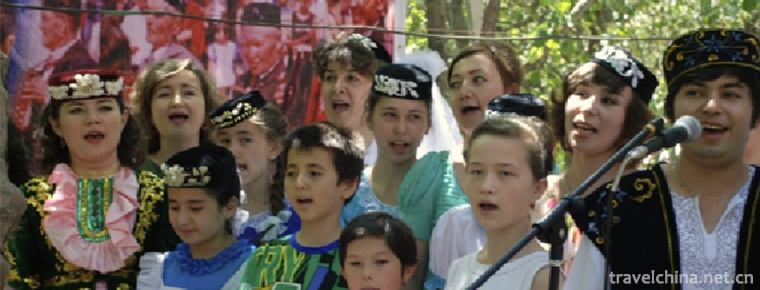
-
Heilongjiang Science and Technology Museum
Heilongjiang Science and Technology Museum is located in Sun Island Science and Technology Park of Harbin City, which is a ship-shaped building sailing.
Views: 277 Time 2018-12-08 -
Pavilion of Prince TengTengwang pavilion
Tengwang Pavilion, one of the three famous buildings in the south of the Yangtze River, is located on the East Bank of Ganjiang River along the Yangtze River Road in the northwest of Nanchang City, Ji.
Views: 165 Time 2018-12-08 -
Wanfeng Forest Scenic Area
Wanfeng Forest Scenic Area, located in the southeast of Xingyi City, Guizhou Province, is the largest and most typical karst peak forest in China, with its magnificent momentum, peculiar shape and bea.
Views: 164 Time 2018-12-17 -
Jiuxiang Scenic Spot
Yiliang Jiuxiang Scenic Spot is located in a mountainous area with a cool climate, continuous peaks and valleys with a relative height difference of about 200 meters. The surface elevation is between .
Views: 140 Time 2018-12-22 -
Guanmenshan National Forest Park
Guanmenshan National Forest Park is located 70 kilometers southeast of Benxi City. The Forest Park covers an area of 3517 hectares, with an altitude of 310-1234 meters and a forest coverage .
Views: 154 Time 2018-12-24 -
Libo Karst
Maolan National Karst Forest Nature Reserve, located in the southern suburb of Libo County, is a well-preserved natural forest vegetation in the karst landform of the central .
Views: 156 Time 2019-01-29 -
Saban Festival of the Tatar Nationality
The Saban Festival (also known as Ploughshare Festival) of the Tatar Nationality is a unique traditional festival of the Tatar Nationality. Every year, after the spring sowing of all the farmers in th.
Views: 169 Time 2019-06-18 -
Sun Tzu
Sun Wu (about 545 BC - about 470 BC), long Qing, late spring and autumn. Qi State Le An (today) Shandong ProvincePeople in the North 。 China's famous military strategist and statesman in the spring an.
Views: 191 Time 2019-09-04 -
Mahu scenic spot
Mahu scenic area, located in Leibo County, Liangshan Yi Autonomous Prefecture, Sichuan Province, covers an area of 100 square kilometers. The scenic spot is composed of Mahu lake, Jinshajiang Valley and primitive dense forest..
Views: 194 Time 2020-10-16 -
About Ding Zhen picture
Zhaxi Dingzhen (Chinese Name: Ding Zhen), born in 2000, lives in Litang County, Ganzi Prefecture, Sichuan Province..
Views: 155 Time 2020-12-06 -
Suining Education
By the end of 2019, Suining had 911 schools of all levels and types, with 440000 students and 32000 full-time teachers. Among them, 196 primary schools enrolled 30600 students and 180600 students; 130 junior high schools, 28300 students and 78400 students.
Views: 362 Time 2020-12-16

